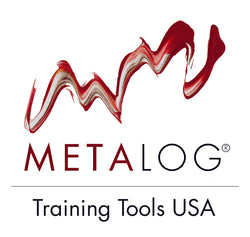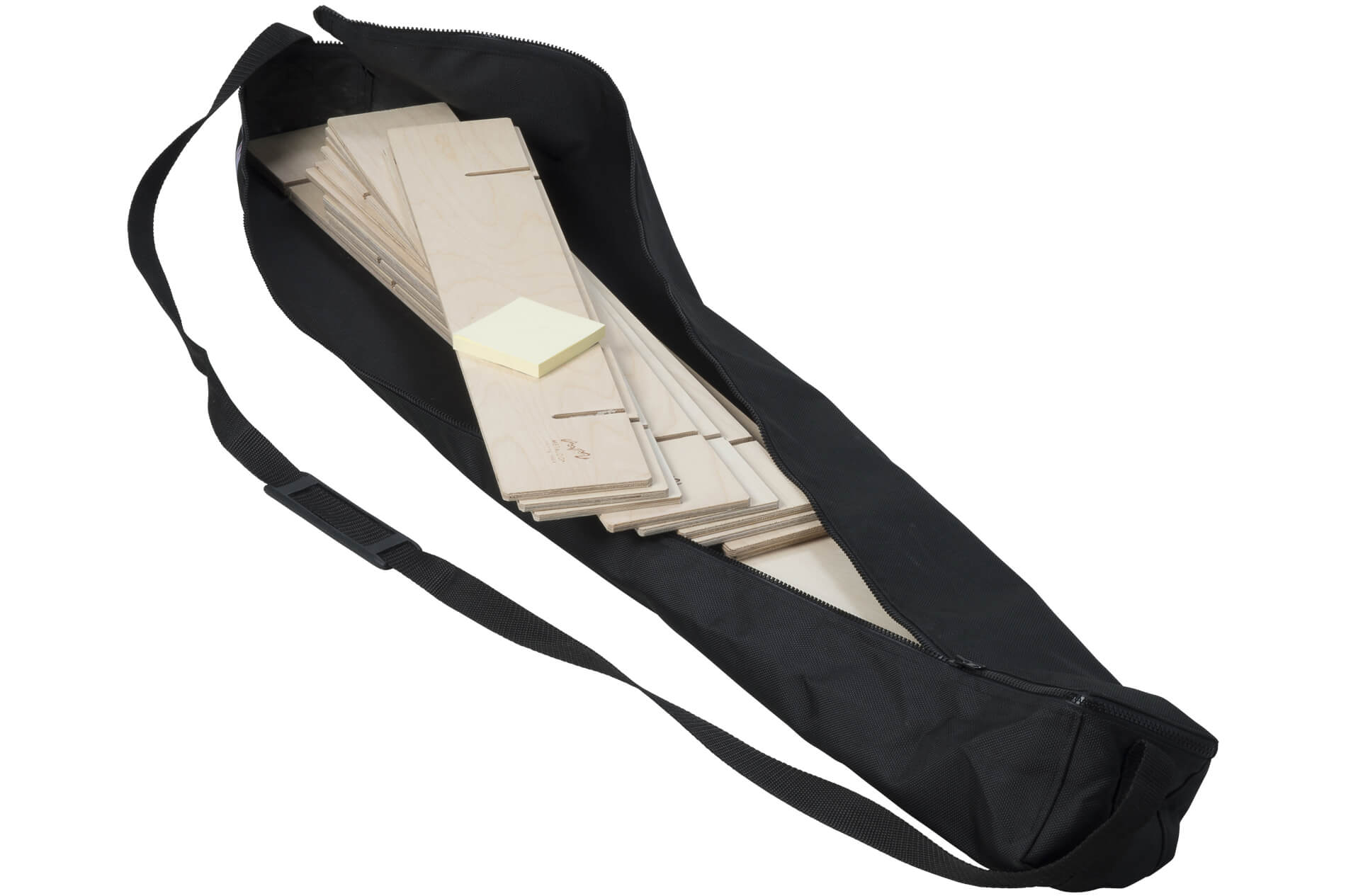- No products in the cart.

Learn how a trainer used StackMan with newly-minted project managers at a turbine manufacturer to show the importance of offering employee support
All too often, when a company adopts a new process improvement method or project management tool, employees are trained to use the new system, but receive little to no support going forward. Yet without this additional support, the new approach is likely to fail, explains Anna Langheiter, a freelance trainer from Austria. To succeed, she says, companies must also teach project managers how to support their employees as they learn to use the new system.
"What use is even the best training in Lean, Six Sigma, 8D or Basic Problem Solving if after the employees are released back into the 'wild,' they do not receive any support in putting what they have learned into practice?" asks Langheiter. The same is true for other aspects of work as well, she adds, including facilitation and teamwork.
Recognizing this, a turbine manufacturer for power stations turned to Langheiter to develop a learning program for a group of future project managers. Her assignment was to introduce everyone to their new roles and responsibilities, and help them learn more about supporting others.
Her tool of choice was StackMan – a challenging building activity with interlocking wooden boards that's nearly impossible to complete without a plan, a process and excellent communication.
"It's a very good way to approach the topic of project and process management," she explains. "At the same time, the tool provides a lot of momentum and fun – just the right mix to kick off the training."
“Imagine your role on the project is a single StackMan piece”
Langheiter began the activity by telling the group they would be talking about the role of a project manager, then asked for a volunteer. The first person to raise a hand became the manager for the session and was asked to wear a special manager's hat as a visual cue.
Langheiter then announced, "Your task is to complete the project as a team. Each of you has a part to play (one piece of the StackMan tool) and as a member of the team, you will each contribute to making this project a success."
Naturally, the new project manager was curious about his role, but Langheither was deliberately vague, noting only that he should observe the team and step in if he felt they needed help.
Observing the activity and looking for opportunities to intervene
The group got started and Langheiter monitored their speed to make sure they didn't complete the project too quickly, would which strip the project manager of a chance to help.
Langheiter finds that some groups – particularly those with lots of engineers – tend to complete the StackMan structure too quickly, which can lead the activity off track. To intervene, she often cleverly announces that 'the CEO has decided to send the head engineer to Australia.’
This usually surprises the team, and gives the project manager an opportunity to step in for the first time and help restart the activity. No two managers react the same way. Some prefer to observe the activity, while others try to offer a structured intervention quite early on. Occasionally, some even quit altogether.
"Through the use of the Metalog training tool StackMan, the role of the project manager is experienced emotionally and then examined in all of its aspects in order to clarify the project manager's future tasks. A powerful impression at the start of the training workshop!"
Relating the experience to real life
Once the turbine manufacturer group had completed their StackMan structure, and everyone was buzzing with positive energy, Langheiter asked the project manager about his experience:
- What was his understanding of the role?
- How well did he think he performed his role?
- What could he have done more or less of with the team?
- If he were to do it again, what would he do differently?
She also asked the group two important questions:
- What helped you successfully complete the project?
- You had a project manager – what did he do that helped you succeed?
The group gushed with insightful answers, which Langheiter recorded on a flipchart. Using StackMan had clearly been a powerful way to lead them to new insights about being a manager and being managed oneself.
About the trainer
Anna Langheiter is an award-winning author, trainer and training designer from Vienna, Austria.





